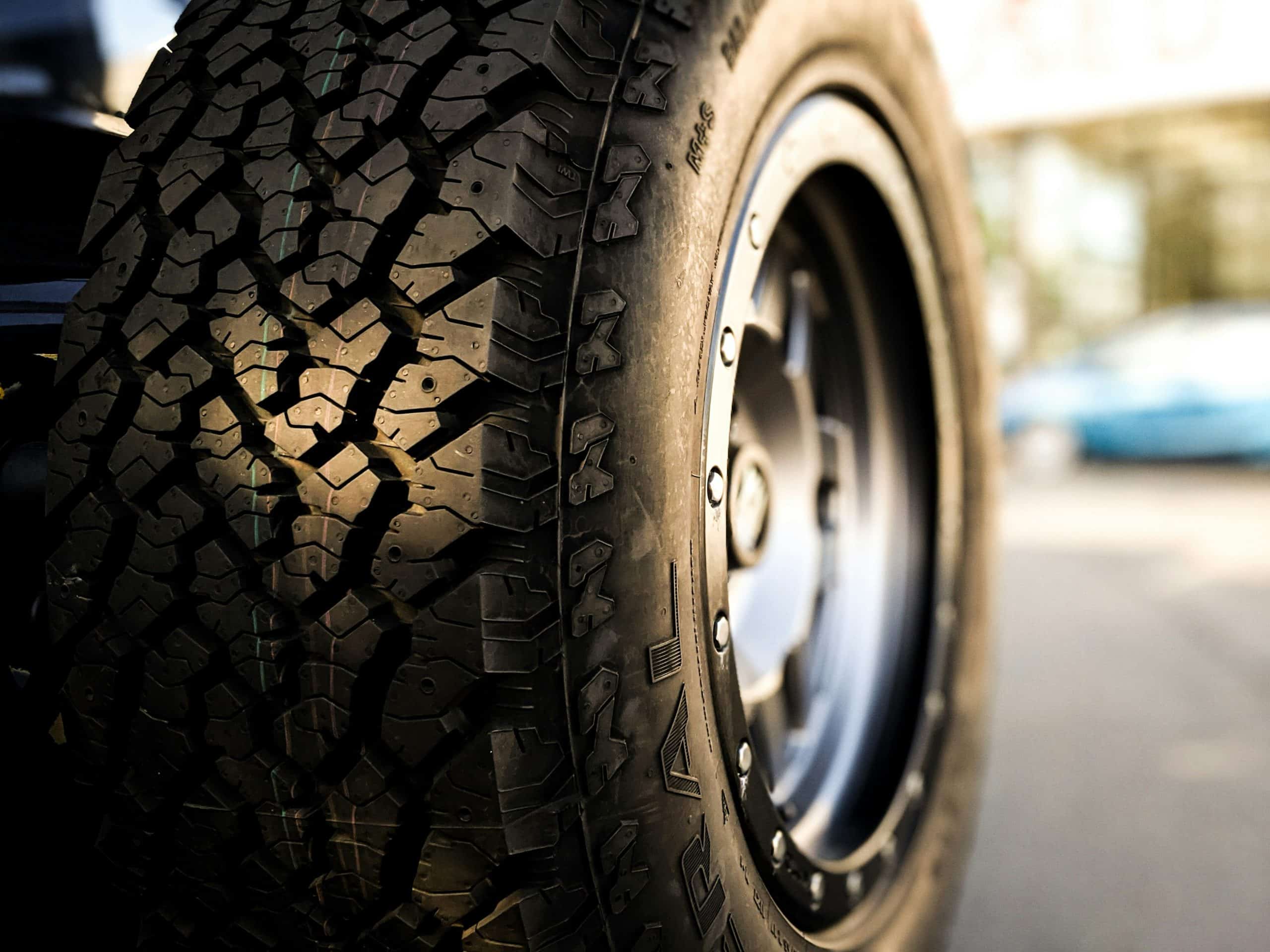Can the Use of Nitrogen in Tires Extend Their Life and Improve Vehicle Handling?

From the time when you acquired your first car, you’ve probably been told that regularly examining your tire pressure is essential. The tire is the only part of your vehicle that has direct contact with the road, making it a crucial element in road safety and overall vehicle performance. While most people are familiar with filling their tires with air, an alternative option is becoming increasingly popular: filling tires with nitrogen.
In this article, we’ll delve into the science behind nitrogen-filled tires and explore how this gas can affect the life expectancy and handling of your vehicle. We’ll also discuss the benefits of filling your tires with nitrogen compared to regular air.
A lire également : How to Accurately Diagnose and Address Unusual Car Noises for a Smoother Ride?
Understanding the Science Behind Nitrogen-Filled Tires
Tires are typically filled with compressed air, which is largely composed of oxygen. However, the use of nitrogen in tires has garnered attention due to its unique properties. Nitrogen molecules are larger than oxygen molecules, meaning they are less likely to permeate the microscopic pores in a tire’s rubber. This results in a slower rate of pressure loss and therefore, the need for less frequent reinflation.
The key benefit of nitrogen is its lack of moisture content. Regular air contains both oxygen and water vapor. When tires heat up while driving, the water vapor in the air-filled tires expands, which can result in inconsistent tire pressure. Nitrogen, being a dry gas, doesn’t exhibit this behavior, resulting in a more consistent tire pressure regardless of the tire temperature.
A lire aussi : What’s the Best Strategy for Managing the Resale Value of High-End Luxury Cars?
In addition, the absence of oxygen in nitrogen-filled tires slows the oxidation process, reducing the likelihood of rim rust and rubber degradation, thereby potentially extending the lifespan of the tire.
How Nitrogen Filling Enhances Vehicle Handling
Vehicle handling is closely tied to tire performance, and tire performance is heavily influenced by tire pressure. Filling your tires with nitrogen instead of regular air can result in more consistent tire pressure, leading to improved vehicle handling.
When your tire pressure is consistent, you can expect improved steering responsiveness, better braking performance, and enhanced cornering ability. Nitrogen-filled tires also offer more predictable handling under varying load and temperature conditions. This is because nitrogen is less likely to expand or contract with temperature fluctuations compared to air.
By maintaining consistent tire pressure, nitrogen also minimizes tire wear and tear. This means that your tires will not only last longer, but they will perform consistently well over their lifespan. It is these factors that have led to the use of nitrogen-filled tires in various forms of motorsport, where precision vehicle handling is crucial.
The Economic Benefits of Using Nitrogen in Tires
While nitrogen filling for tires might sound like a luxury, it can actually lead to significant economic benefits over time. First and foremost, since nitrogen-filled tires maintain pressure longer, they need to be checked and topped off less frequently, saving you time.
More importantly, by maintaining optimal tire pressure, nitrogen-filled tires can help improve your car’s fuel efficiency. Underinflated tires create more rolling resistance, which requires your car to burn more fuel. Therefore, a tire filled with nitrogen, which maintains optimal pressure for longer, will result in less fuel consumption.
Furthermore, since nitrogen slows the oxidation process inside the tire, it can extend the lifespan of the tire. This means that you’ll need to replace your tires less frequently, leading to significant cost savings in the long run.
The Environmental Impact of Using Nitrogen in Tires
With climate change being a significant global concern, every little effort to reduce our carbon footprint counts. Using nitrogen in your tires is one such effort that can help mitigate environmental impact.
Firstly, by improving fuel efficiency, nitrogen-filled tires contribute to lower greenhouse gas emissions. As mentioned before, tires filled with nitrogen maintain optimal pressure longer, leading to less rolling resistance and consequently, lower fuel consumption. Reduced fuel usage translates to less carbon dioxide emissions, which is beneficial for the environment.
Secondly, using nitrogen in tires reduces the frequency of tire replacements, thereby decreasing the number of used tires that end up in landfills. Considering that tires are not biodegradable and can take up to 80 years to decompose, this is a significant environmental benefit.
A Final Word on Nitrogen-Filled Tires
While the use of nitrogen in tires may not be mainstream yet, its benefits certainly warrant consideration. From enhancing vehicle handling and extending tire life to saving on fuel costs and minimizing environmental impact, nitrogen-filled tires offer multiple advantages.
However, it’s important to remember that regardless of whether you choose air or nitrogen, regularly checking and maintaining your tire pressure is essential for safe and efficient driving. Whichever option you choose, make sure it suits your driving habits and meets your vehicle’s requirements.
Potential Drawbacks of Nitrogen-Filled Tires
While it’s clear that nitrogen-filled tires have several advantages, like most things, they aren’t without their potential drawbacks. It’s essential for car owners to be aware of these before deciding to make the switch from regular air-filled tires.
One notable disadvantage is the initial cost of filling your tires with nitrogen. This service is typically more expensive than air fill-ups, which are usually free at most service stations. While the long-term benefits of nitrogen in terms of extended tire life and improved fuel efficiency could outweigh these initial costs, this is a factor worth considering.
It’s also worth noting that while nitrogen-filled tires lose pressure more slowly than air-filled ones, they still require regular checks to ensure proper inflation. Many people mistakenly believe that once they’ve made the switch to nitrogen-filled tires, they no longer need to worry about tire pressure. However, this isn’t the case, and regular checks are still necessary to maintain optimal tire performance.
Finding a place to refill your tires with nitrogen can also be a challenge. Unlike regular air, which is available at almost every gas station, nitrogen isn’t as readily available. This could potentially leave you stranded if your tires need urgent inflation and there isn’t a nitrogen service station nearby.
Conclusion: Is Nitrogen Right for Your Tires?
The use of nitrogen in tires is gaining traction for several compelling reasons. Its larger molecules slow the rate of pressure loss, maintaining a more consistent tire pressure and enhancing vehicle handling. The absence of moisture in nitrogen tires allows them to perform consistently well under varying load and temperature conditions, while the slower oxidation process potentially extends the lifespan of your tires.
Moreover, there are economic and environmental benefits to consider. Nitrogen-filled tires can improve your car’s fuel economy and reduce your carbon footprint by resulting in less frequent tire replacements and lower greenhouse gas emissions.
However, the decision to switch from regular air to nitrogen should be thoughtful. The initial cost, the need for continued tire pressure checks, and the availability of nitrogen filling stations are all factors to weigh in.
Ultimately, whether nitrogen is right for your tires depends on your needs, driving habits, and the importance you place on factors like fuel efficiency, tire longevity, and environmental impact. Regardless of your choice, remember that regular tire pressure checks are vital for maintaining your vehicle’s safety and performance.
